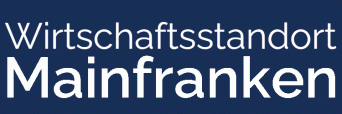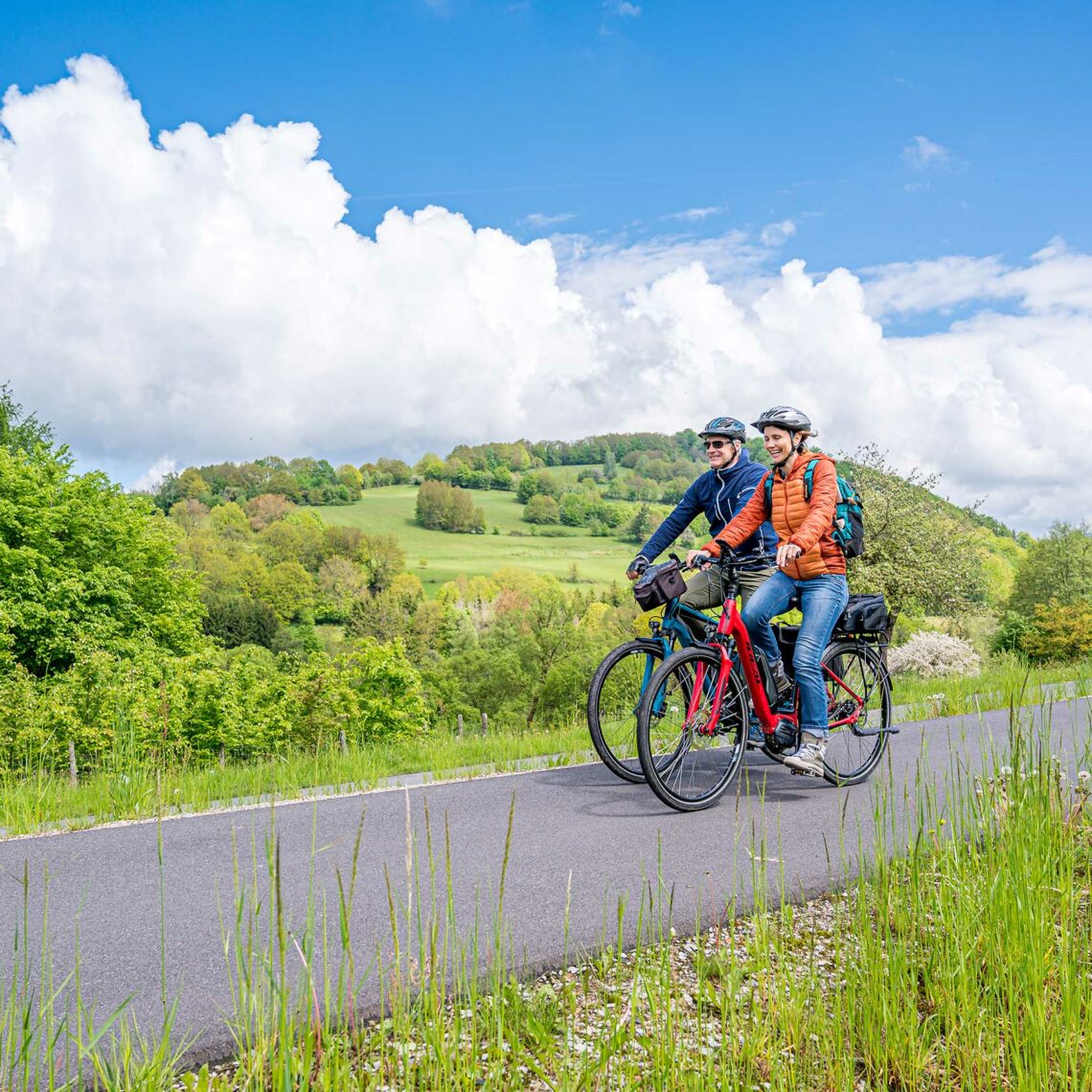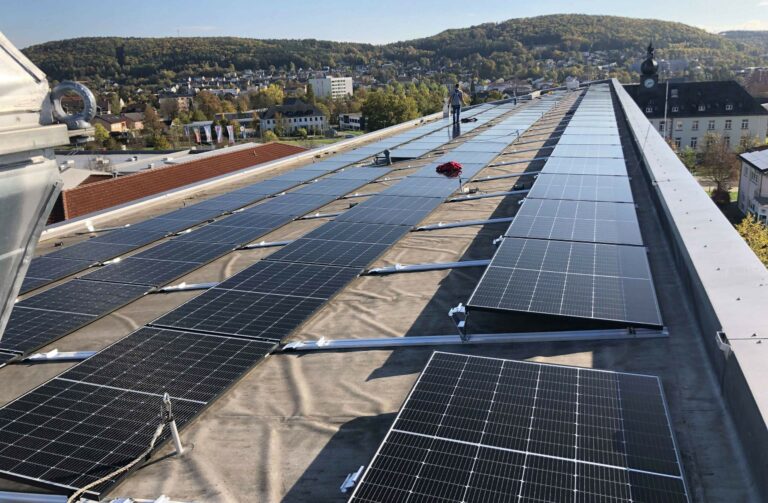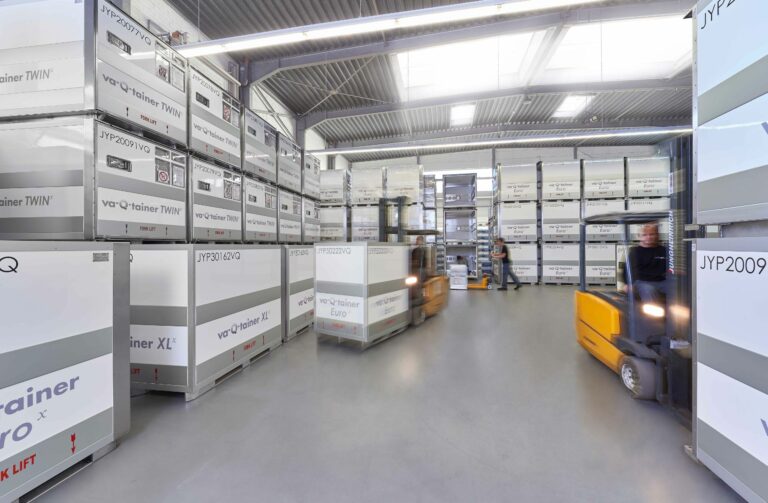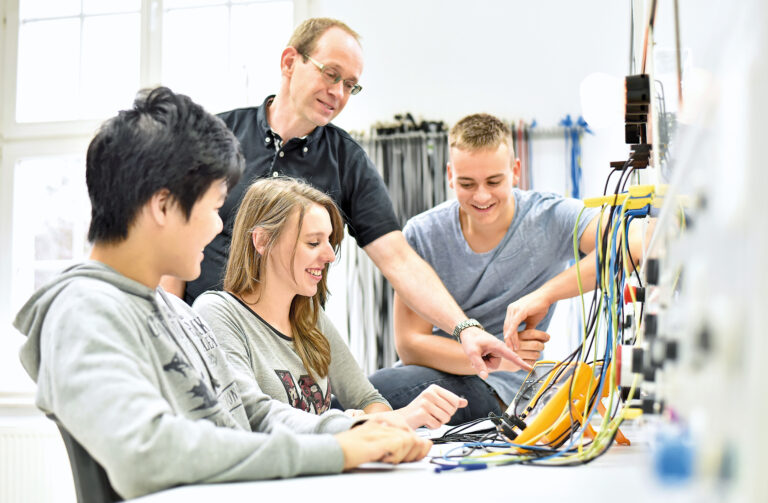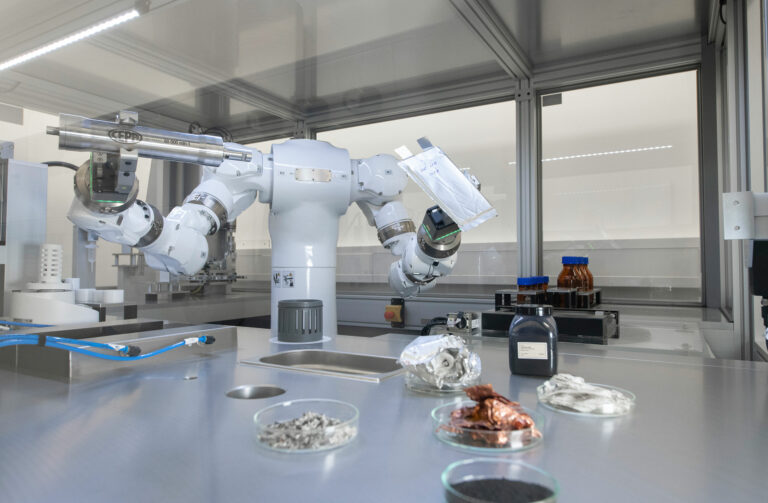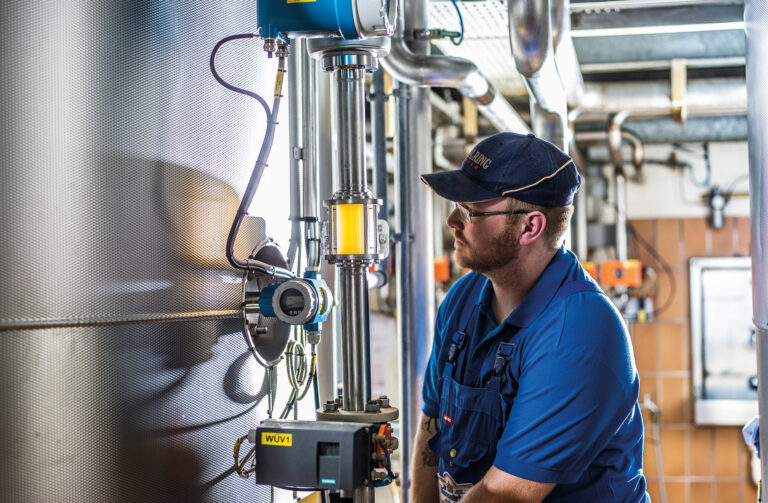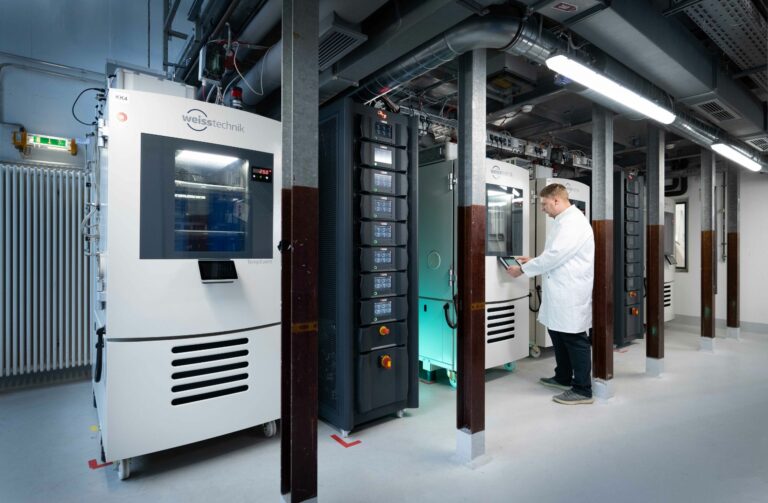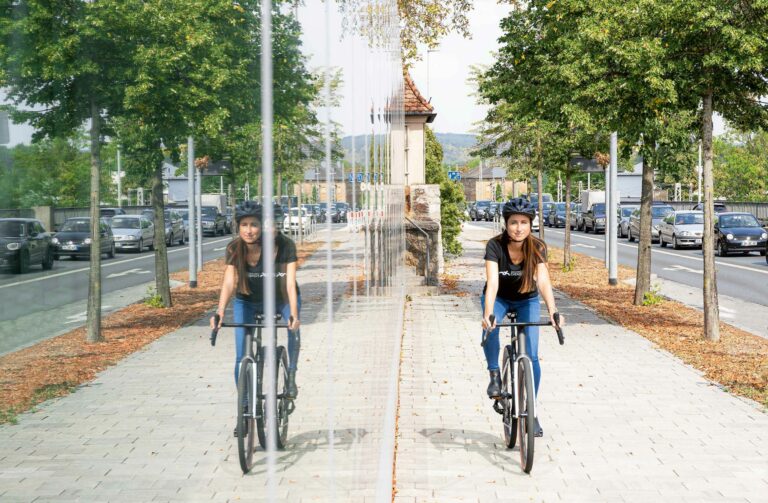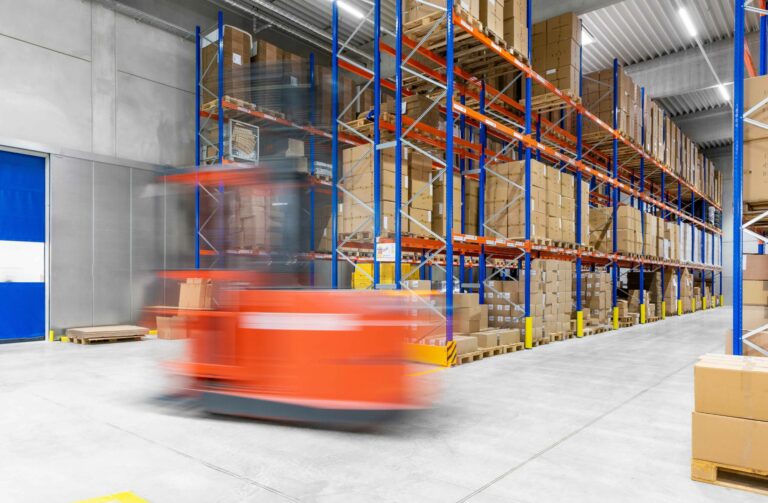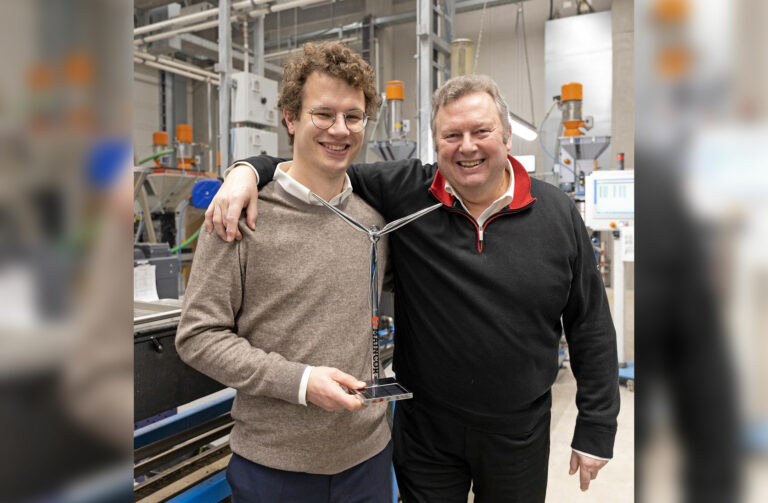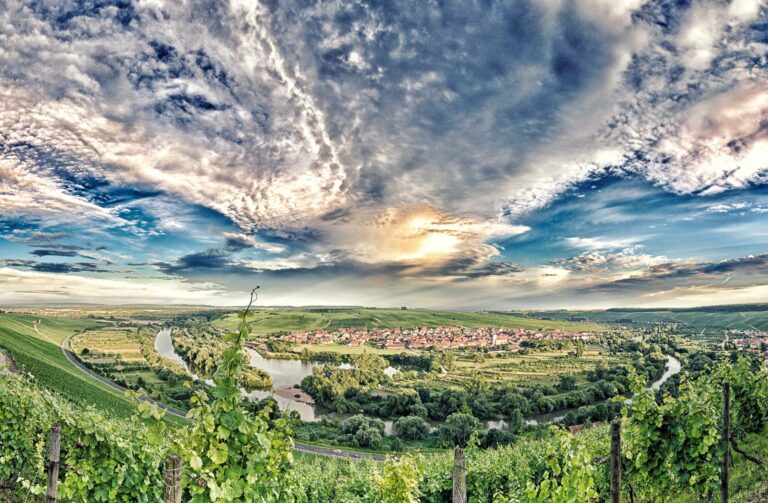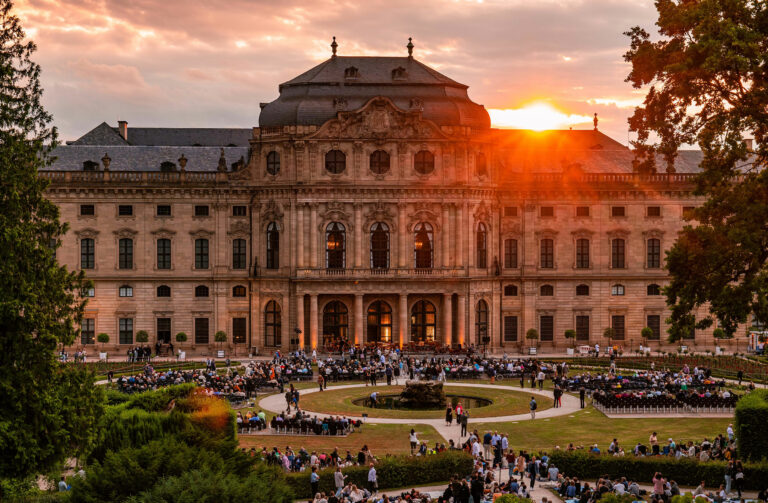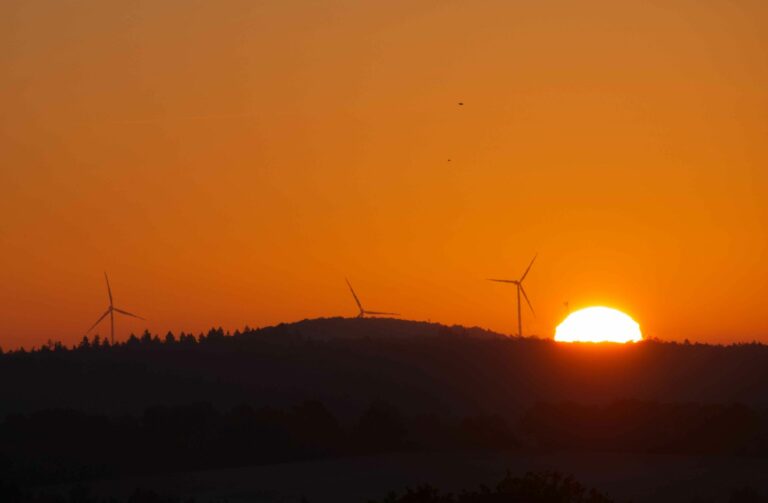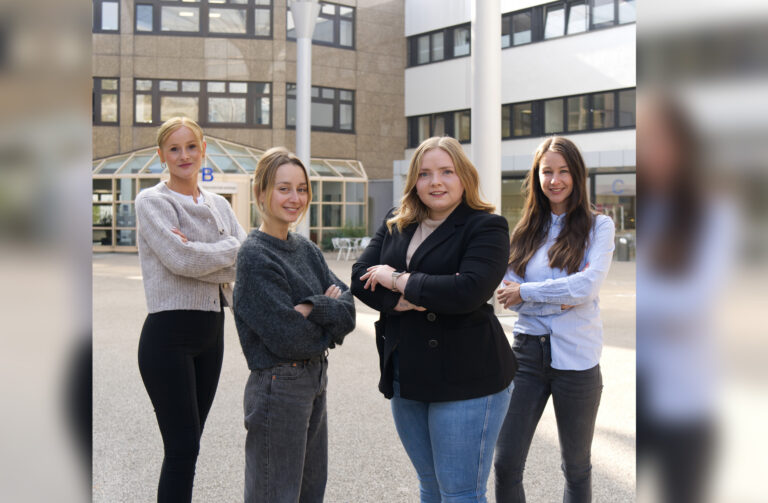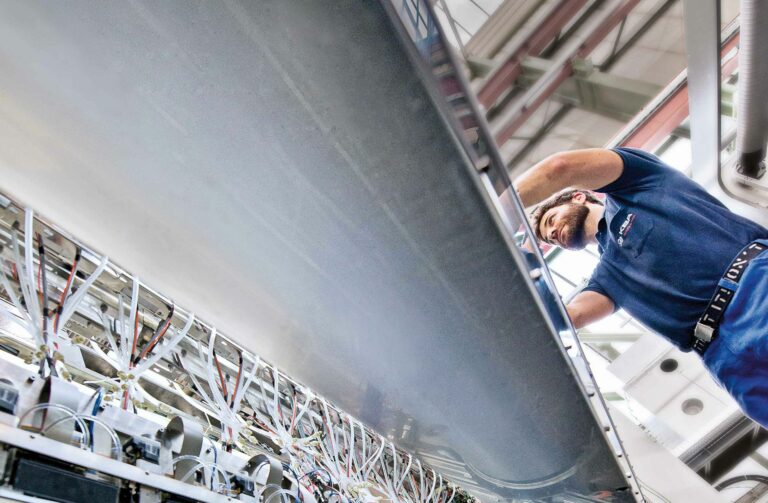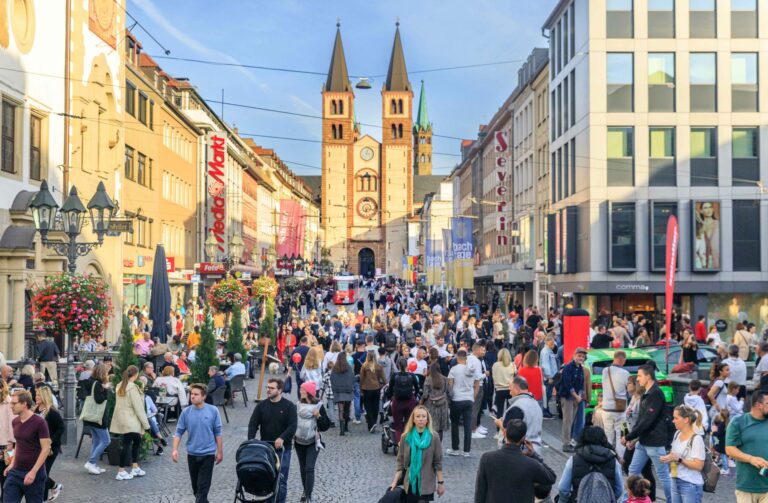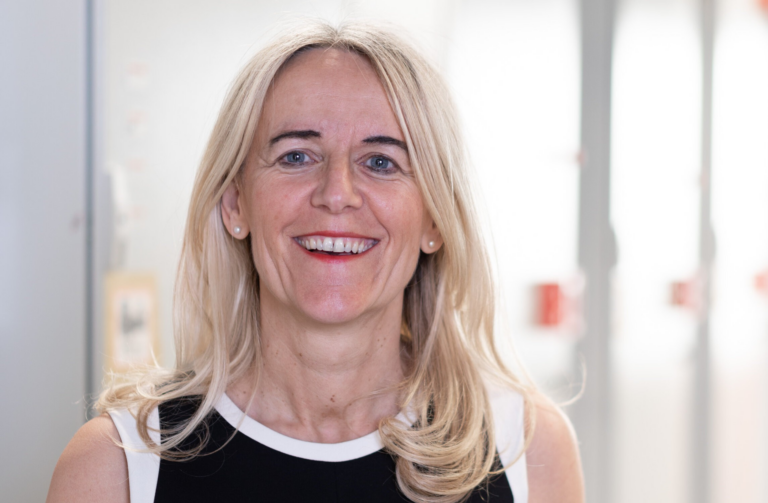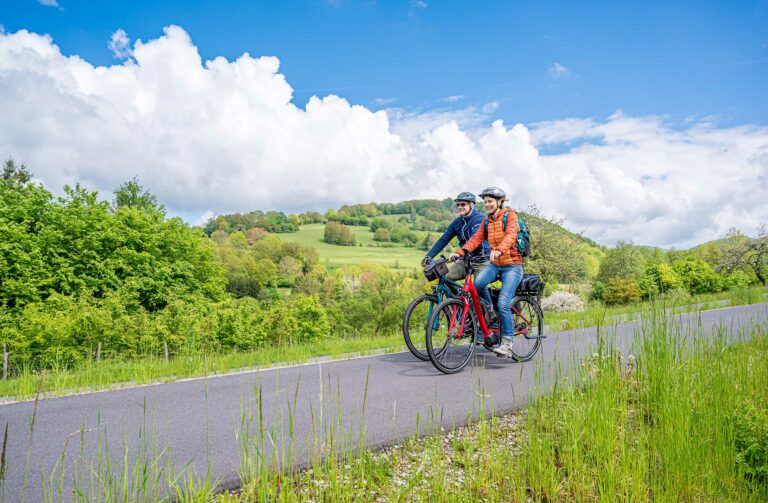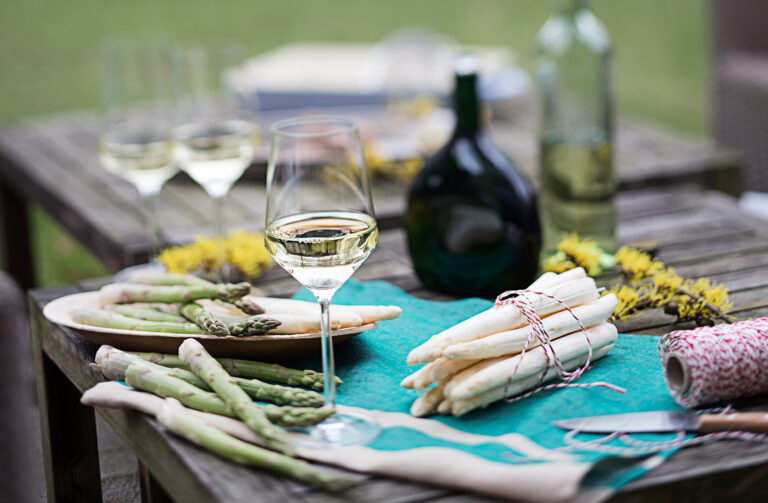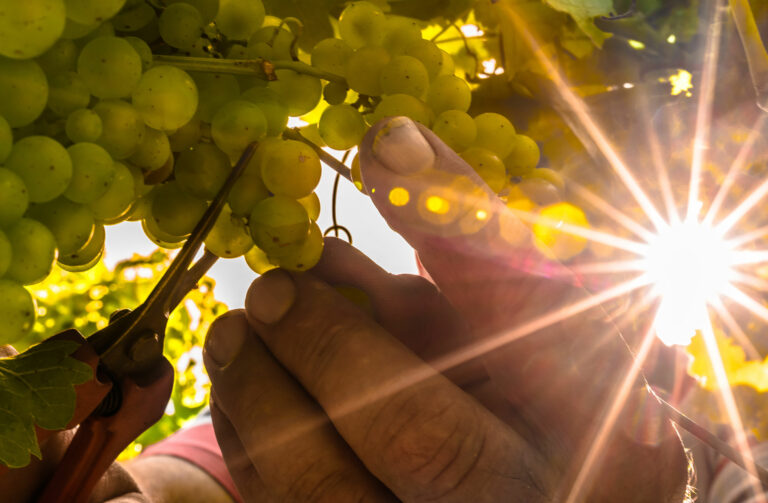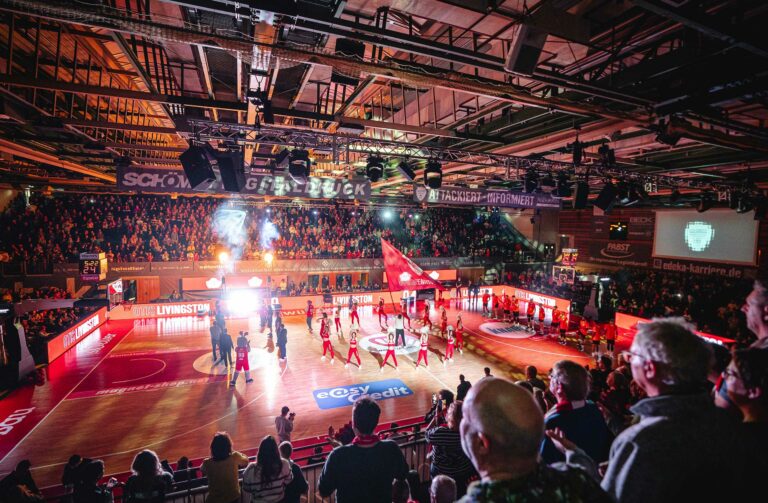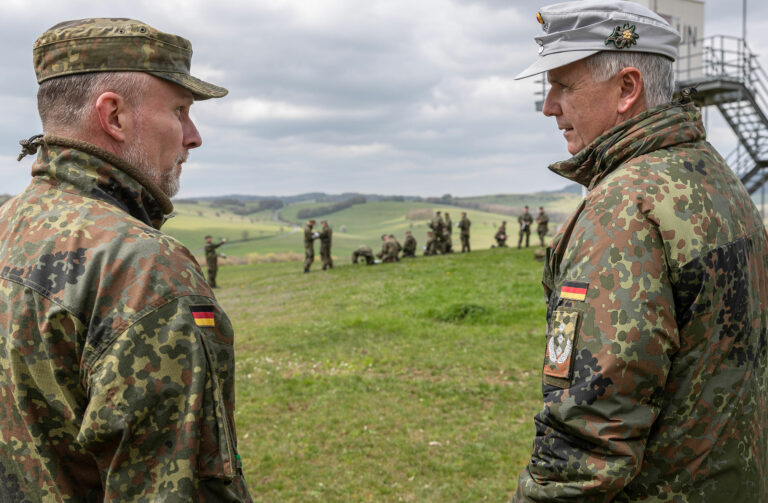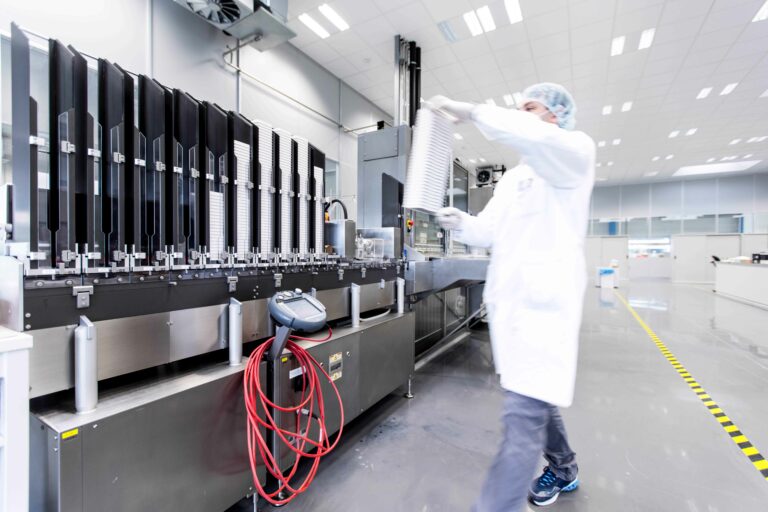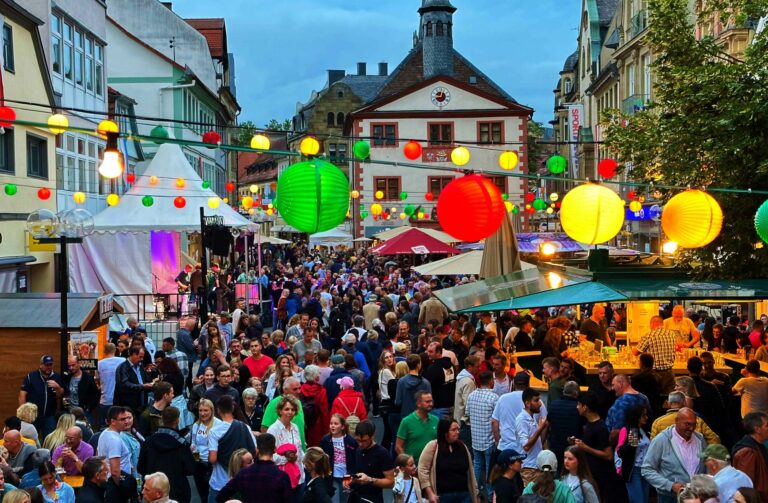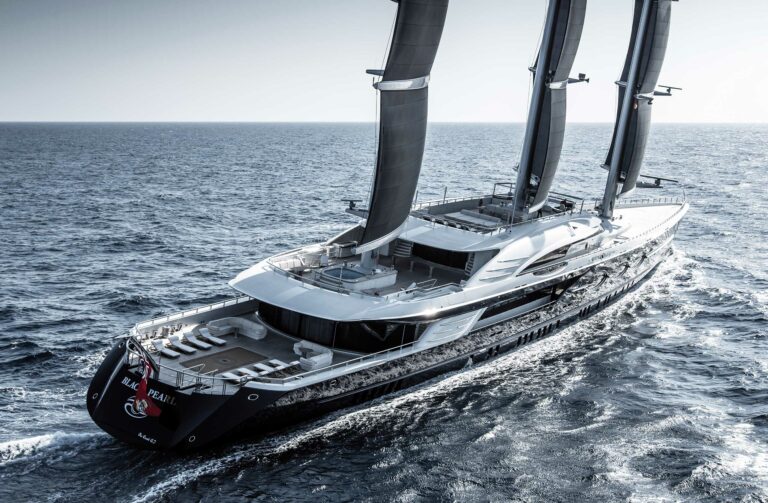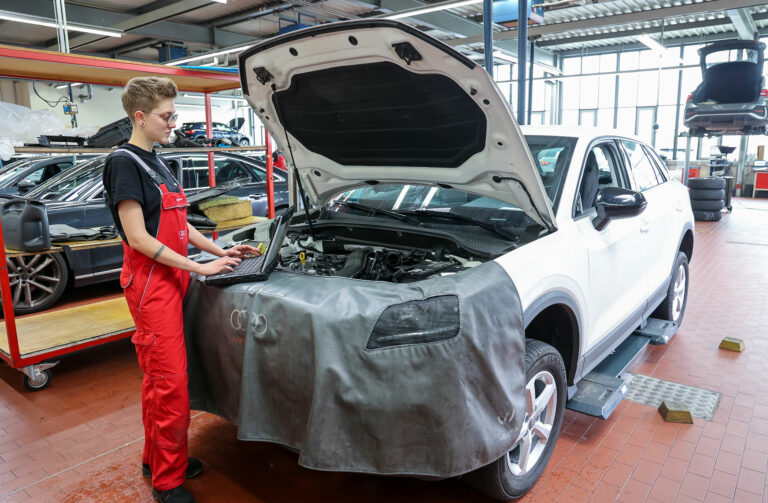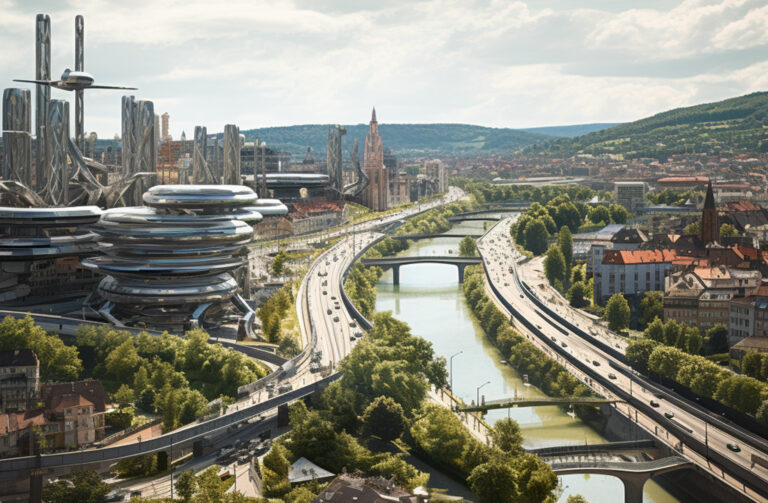Changing tourism – trends in Main Franconia’s tourism industry
Main Franconia has a strong tourism industry with a wide and diverse range of services in the restaurant trade, accommodation and leisure sectors. According to a study by dwif-Consulting GmbH, the tourism industry’s turnover in 2019 in the Franconian Wine Country, Haßberge, Rhön, Spessart-Mainland and Steigerwald tourist regions was around 3.7 billion euros. Just like the economy as a whole, tourism is also in a constant state of change. Three key trends illustrate this point.
Between trend reversal and “new” normality
The official statistics for the region in 2022 show an increase of around 36 per cent compared to the previous year, with around 5.7 million overnight stays. Despite this great figure, the peak values from 2019 have not been reached yet. At that time, the total number of overnight stays was still around 6.4 million, which corresponds to a decline of around ten per cent compared to 2022. Domestic guests alone were still around 600,000 overnight stays short compared to 2019.
The impact of the Covid-19 pandemic is still being felt, in terms of both quantity and quality. While the number of overnight stays in 2022 in the two independent cities of Würzburg and Schweinfurt rose by 73 per cent and 58 per cent respectively compared to the previous year, the increase in the districts of Kitzingen and Bad Kissingen was the lowest at around 26 per cent each. During the peak of the Covid-19 pandemic, there was a significant decline in city tourism in Main Franconia as well. On the one hand, restrictions made business trips, which are important for cities, more difficult, and on the other hand, holidays in cities lost its appeal and was difficult to plan due to closures often at short notice. On the other hand, rural tourism profited, as the pandemic requirements played a lesser role in the great outdoors. Therefore, the development described above at district level indicates a new trend reversal. This is also confirmed by feedback from hosts – although it remains to be seen whether the statistics will return to the level of 2019 or whether new structures will develop.
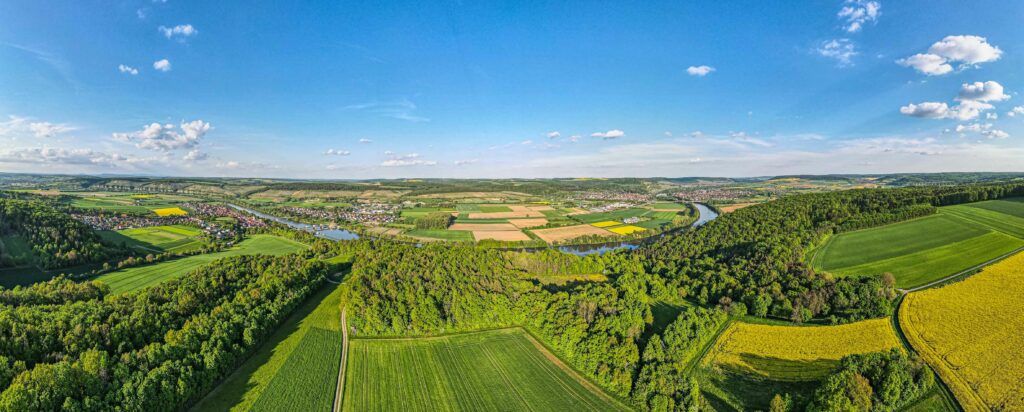
Sustainability as part of corporate strategy
Rising energy costs and climate targets, supply bottlenecks and staff shortages, building regulations and environmental protection requirements: anchoring sustainable strategies in the company is also playing an increasingly important role in the hospitality industry and with tourism service providers. On the one hand, there are rational business reasons for this, because investments in sustainability often save money, for example by reducing heating costs or electricity consumption. On the other hand, guests’ expectations have also changed. The demand for regional products has increased, the ecological footprint should also be low during recreational time and on holiday. This explains, for example, the increase in eco-hotels in the Main Franconia region. And local authorities also contribute to this, as the voluntary commitments of the Rhön-Grabfeld district, the upper Werntal valley and the city and district of Würzburg as eco-model regions illustrate. The pioneer of this development is Bayerische Rhön, which has been following the guiding principle of sustainable tourism for many years.
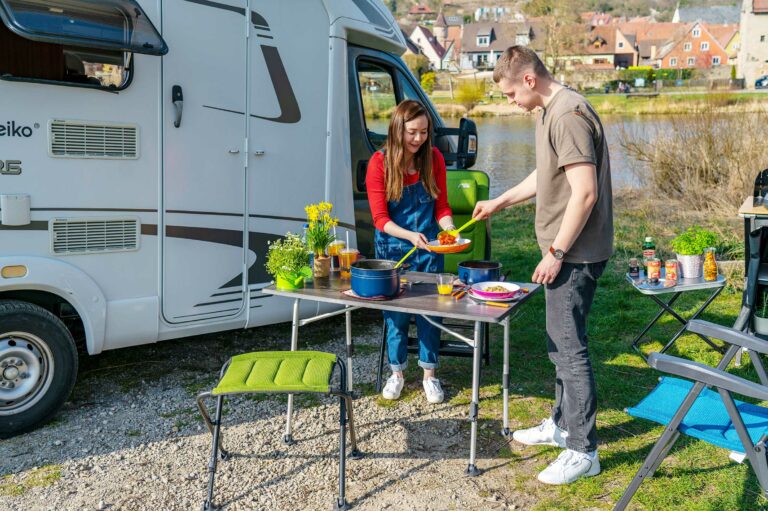
Continuing digitalisation
The expansion of digitalisation is also about efficiency gains and potential savings. The focus here is on internal processes, for example. The use of online booking systems is already standard, e-payment via terminals or apps is a must. Holidays and leisure are also topics that lend themselves particularly well to emotional appeal, which is important for successful online marketing via platforms and marketplaces, search engines and apps or social media. Basically, a custom-fit digitalisation strategy should be developed in businesses, which takes aspects such as branding and brand management, data management, guest services or digital sales into account. It is equally important to maintain your own website and social media channels or content management on large platforms.
There is also discussion about whether virtual reality will partially replace in-person travel experiences in a few years. However, it would be amiss not to mention here that Silvaner wine and Franconian asparagus taste best in the real world, because digitalisation has not (yet) mastered this kind of “emotional appeal”.
*Header picture: One of the biggest projects by the Brückenauer Rhönallianz is the construction of a cycle path on the former railway line in the upper Sinntal valley. The roughly 26 kilometre long “Rhönexpress Bahn-Radweg” runs from the market town of Zeitlofs to Wildflecken market town. Photo: Thomas Zitzmnann
